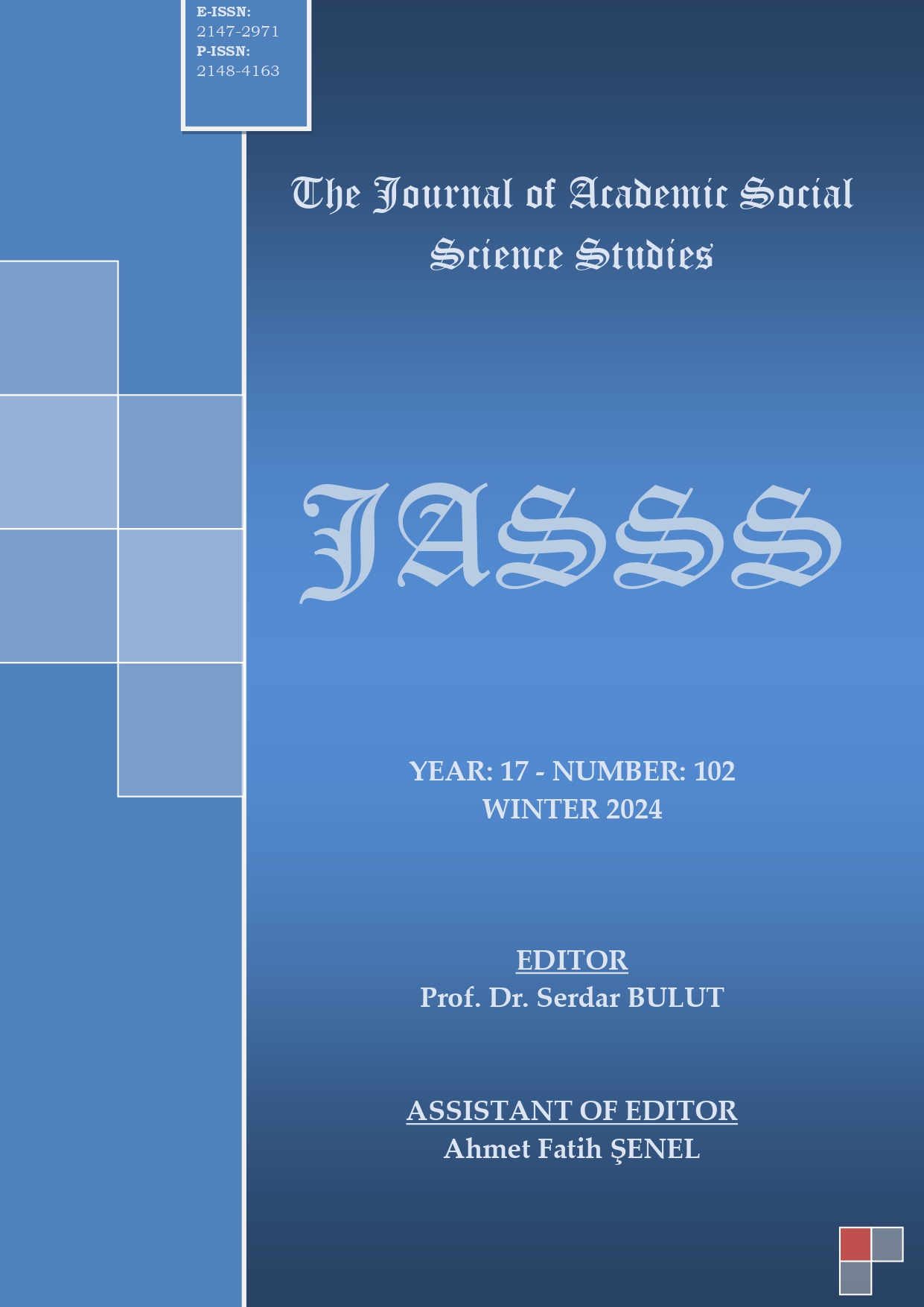Author :
Abstract
Objective: As the use of the Internet via mobile phones and computers has increased significantly, it has become an inescapable part of daily life. Despite its many benefits, excessive use of digital media or internet addiction threatens people's physical and mental health. This study aims to determine the prevalence of internet addiction in adults and to identify the socio-demographic and other factors that influence it.
Method: In this cross-sectional web-based study, a questionnaire including the socio-demographics of the respondents and an internet addiction scale was used. A convenience sample with a snowball sampling technique was used. The study sample consisted of 777 adults aged 20-64 years. Descriptive statistics, Cronbach's alpha test, homogeneity test, Student's t-test, ANOVA test and Sheffe test were used to compare participants' mean IA scores by demographic and other factors.
Results: The study reports a moderate level of IA (2.183±0.829) among all participants. Considering the mean Internet addiction scores of the participants based on socio-demographic characteristics, IA scores were lower in the married (t=-5.601; p<0.001) and older (F=19.75; p<0.001) groups, those living in nuclear families (F=5.918; p<0.05) and having at least one child (F=12.007; p<0.001), and those with high income ( F=5.277; p<0.01). Education and gender did not affect mean IA scores (p>0.05). The participants who had more social media accounts (F=17.168; p<0.001) were more addicted to the internet. Those who were more addicted to the internet had more physical (headache, neck pain, lower back pain, hand and shoulder pain, dry eyes, poor posture) and psychological (insomnia, anxiety, loneliness, etc.) complaints (F=3.174; p<0.05).
Conclusion: Although the level of IA was moderate among the respondents, remarkable results were found and discussed in the study, considering the predictors of IA. It is necessary to analyse these predictors in detail to deal with Internet addiction.
Keywords
Abstract
Objective: As the use of the Internet via mobile phones and computers has increased significantly, it has become an inescapable part of daily life. Despite its many benefits, excessive use of digital media or internet addiction threatens people's physical and mental health. This study aims to determine the prevalence of internet addiction in adults and to identify the socio-demographic and other factors that influence it.
Method: In this cross-sectional web-based study, a questionnaire including the socio-demographics of the respondents and an internet addiction scale was used. A convenience sample with a snowball sampling technique was used. The study sample consisted of 777 adults aged 20-64 years. Descriptive statistics, Cronbach's alpha test, homogeneity test, Student's t-test, ANOVA test and Sheffe test were used to compare participants' mean IA scores by demographic and other factors.
Results: The study reports a moderate level of IA (2.183±0.829) among all participants. Considering the mean Internet addiction scores of the participants based on socio-demographic characteristics, IA scores were lower in the married (t=-5.601; p<0.001) and older (F=19.75; p<0.001) groups, those living in nuclear families (F=5.918; p<0.05) and having at least one child (F=12.007; p<0.001), and those with high income ( F=5.277; p<0.01). Education and gender did not affect mean IA scores (p>0.05). The participants who had more social media accounts (F=17.168; p<0.001) were more addicted to the internet. Those who were more addicted to the internet had more physical (headache, neck pain, lower back pain, hand and shoulder pain, dry eyes, poor posture) and psychological (insomnia, anxiety, loneliness, etc.) complaints (F=3.174; p<0.05).
Conclusion: Although the level of IA was moderate among the respondents, remarkable results were found and discussed in the study, considering the predictors of IA. It is necessary to analyse these predictors in detail to deal with Internet addiction.





